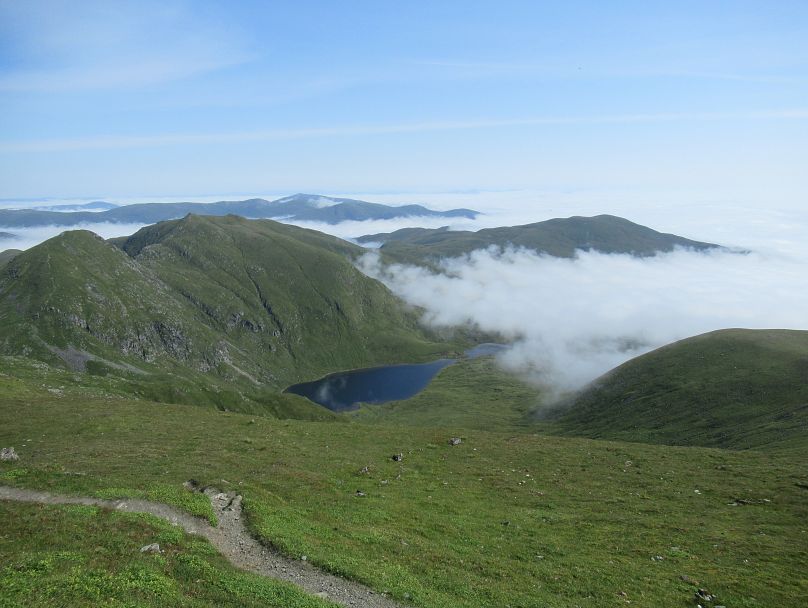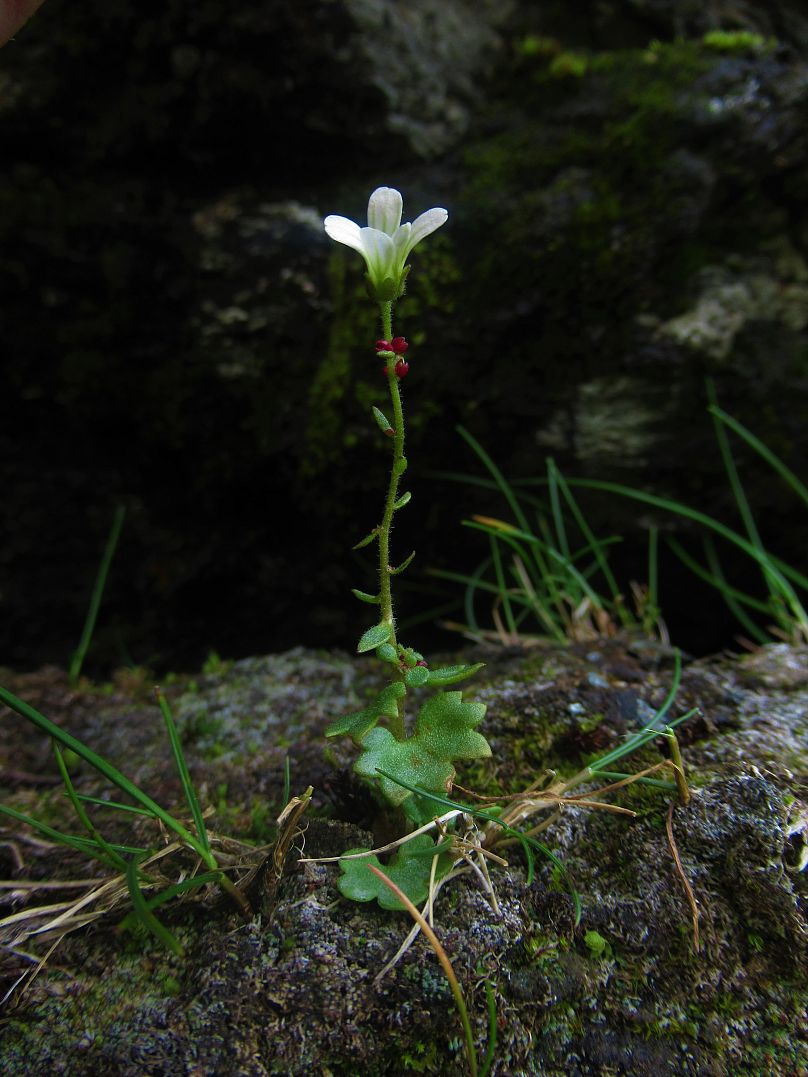These beautiful plants are disappearing from the UK’s 10th highest mountain, in an ominous sign for biodiversity elsewhere.
Three rare plants that flower on some of Scotland’s highest mountains are being driven to the brink of extinction by climate change, new research finds.
Snow pearlwort, drooping saxifrage and mountain sandwort are arctic-alpine plants which previously flourished on the slopes of the Ben Lawers range in the Highlands.
But now they’re being forced further up the Munros in pursuit of the cool conditions they need to survive.
“Our research signals a rapid loss of biodiversity happening right now which means that, if it’s allowed to continue on this accelerated trajectory, due to climate change, we will see the extinction of species like these,” says Sarah Watts, an ecologist and PhD researcher from the University of Stirling.
Snow pearlwort has plummeted by 66 per cent since the mid-1990s, leading the Botanical Society of Britain and Ireland (BSBI) to change its conservation threat status from ‘vulnerable’ to ‘endangered.’
The new study finds that drooping saxifrage - with its delicate white petals - and mountain sandwort have both declined by more than 50 per cent.
“What we are seeing here,” explains Watts, “is range contraction - where species that grow in cold places, in the north and at high altitude, are moving further north and higher up the mountain.
“But at some point, they’ll have no further to go and will disappear. For example, drooping saxifrage is now only found 50 metres from the top of Ben Lawers.”
How is global warming impacting mountain biodiversity?
Temperature rises around the world are leading lowland species to colonise upland areas, says Watts, where they tend to outcompete the mountain plants - reducing the area they can grow in.
A loss of snow cover due to climate change has also removed plants’ protection from freeze-thaws, which cause land slips and rockfall, destabilising the arctic-alpine habitat.
Head of the Global Change Ecology Research Group at Stirling, professor Alistair Jump says, “In the context of the interacting climate change and biodiversity crises, this research has worrying global implications.
“It shows that low-latitude arctic-alpine plant populations already situated at maximum local elevations are effectively on the elevator to extinction: we face their loss from our mountains because there is no higher ground left for them to retreat to as temperatures continue to rise.”
The disappearing mountain flora are a “canary in the coal mine” for escalating climate change, he adds. Broader threats to biodiversity are coming down the line.
How can Scotland hold onto its snow pearlwort population?
At 1,214 metres, Ben Lawers is the tenth highest peak in Britain, and the highest in the southern part of the Scottish Highlands. It is rich in alkaline soils, which makes it a haven for rare plants.
“Ben Lawers is the most southerly site in Europe where snow pearlwort grows, and the only one in Britain.
“Elsewhere, it’s found in the Arctic and in northern Scandinavia, in places like Svalbard,” says Watts, who has spent 12 years monitoring rare species on the range with the National Trust for Scotland, adding to a data set that goes back 40 years.
“Mountain outpost sites such as Ben Lawers, at the edge of the global range of arctic-alpine plants, are unique biodiversity hotspots. These plants have high cultural and inspirational value, and may have unique genetic variations which will be lost forever when they go.”
How can we make sure the species doesn’t die out?
Watts has some suggestions as to how the species could be preserved.
One of her ideas involves collecting up samples of the threatened species and conserving them.
“Development of [offsite] plant conservation collections of these threatened species, in collaboration with expert horticulturalists working at botanical gardens, will be of critical importance for preserving the Scottish Highland populations before they become extinct in the wild,” she says.
These collections will enable the ecologists to conduct further research into the factors affecting the plants’ survival, and they could even be moved to more suitable mountain habitat in the future.
It will be a sad loss for locals, and all those who travel to the popular climbing spot, if the plants go altogether - as seems likely without effective climate action.














